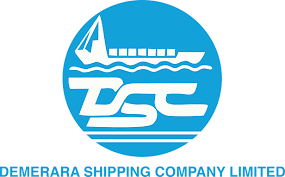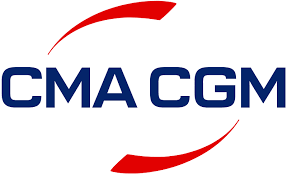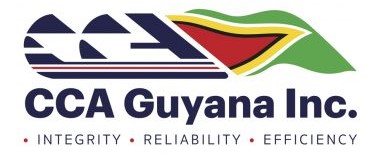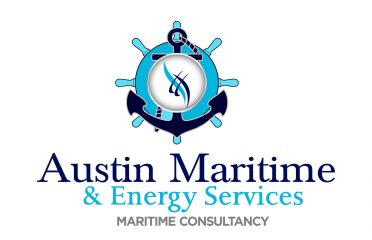Our History
The Shipping Association of Guyana was birthed in 1995 to give stakeholders a voice in the shipping industry. The office was registered at the John Fernandes Wharf, at 24 Water Street, Georgetown and has since been representing the rights and concerns of wharf operators, ship owners, agents and stevedore contractors.
Mr. Christopher Fernandes was the first President of the Association, and was also one of its founding members.
“I got into the industry in 1982 and I became CEO at John Fernandes Limited in 1991. At the time that I came into shipping, there was the Shipping Association of Georgetown. That was the entity that we had representing the shipping industry. The Shipping Association of Georgetown was made up of the multinationals in the industry at the time. This comprised Bookers, Sandbach Parkers and Swanston,” he recalled.
The Shipping Association of Georgetown performed the functions of an employment company and dealt with labour relations issues that were impacting wharf operators who were represented by the Waterfront Branch of the Guyana Labour Union (GLU).
Mr. Fernandes said it was mainly an association representing the interests of the multinationals. The objective was for the three companies to have a common union agreement with the GLU. “So, the Shipping Association of Georgetown had a labour agreement with the Guyana Labour Union which determined the relationship between the employees and the companies,” he shared.
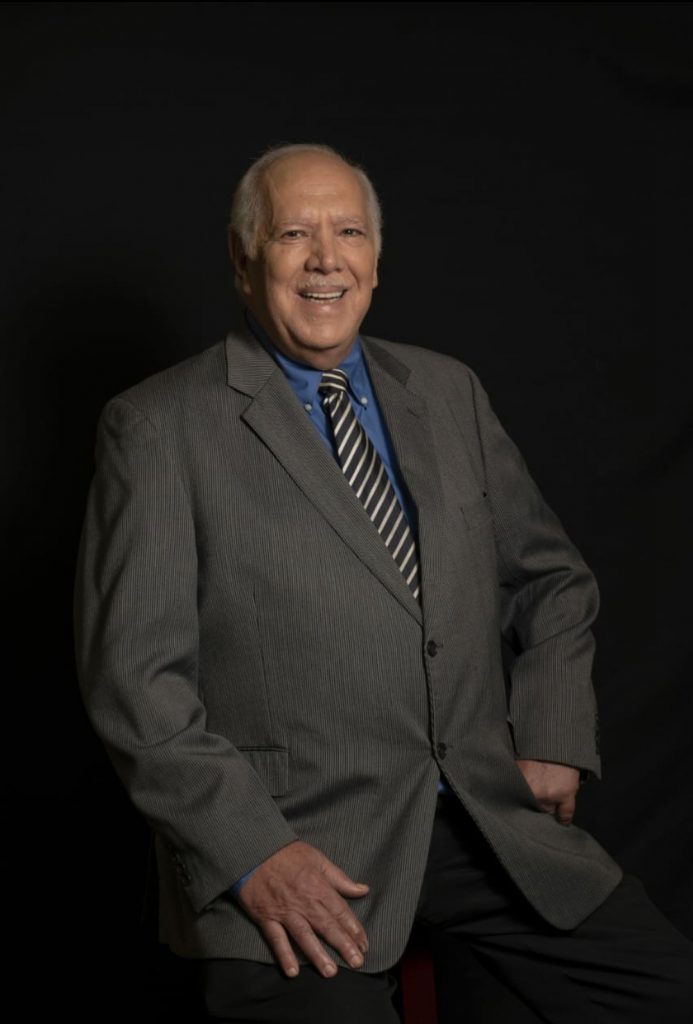
Mr. Christopher Fernandes was the first President of the Association, and was also one of its founding members.
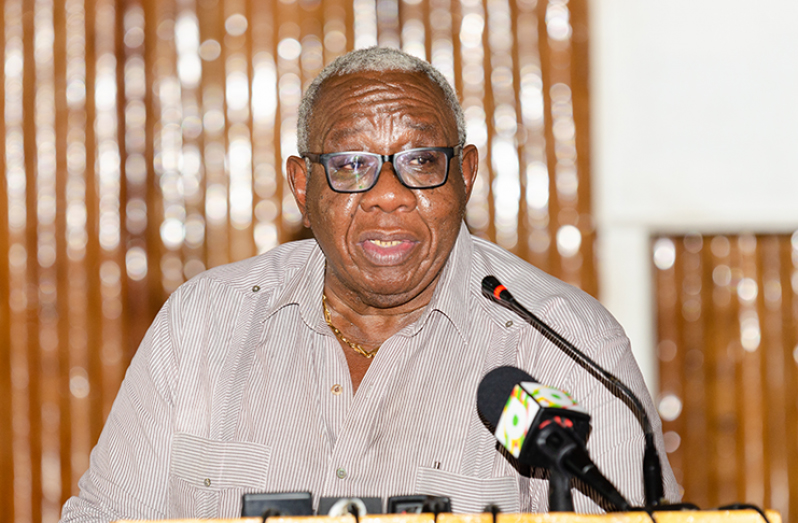
Mr. Clinton Wiliams was the second President of the Association (2002 - 2006).
The Government nationalised the three major players in the industry and this was followed by the liquidation of the Shipping Association of Georgetown in 1992. John Fernandes Limited at that time was the only privately owned shipping company that was competing with the ’big three’ for business. “Eventually, containerisation came and we had quite a significant role in the industry,” he continued. With the growth of John Fernandes Limited, the company thought it necessary to have dialogue with the other major companies, with whom they had a good working relationship. Mr. Fernandes noted, “We recognised that being part of the Caribbean Shipping Association, it was necessary for us to have an entity in Guyana to speak for shipping and that could interface with the Government on issues concerning the shipping industry.” It was through that discourse that the Shipping Association of Guyana was formed. The Articles of Association were patterned after the Shipping Association of the Caribbean which catered for three levels of membership—the stevedore agents and stevedore contractors, port operators and the ship owners.
With the establishment of SAG came the need to streamline services and goals. The Executive and the General Membership, in a bid to revitalise the organisation, developed a strategy to meet the needs of members.
The Association examined issues facing and impacting the shipping sector. It was found that these revolved around the need to find legitimacy, a sense of belonging, network building as well as exchange of information, industry representation and opportunities to enhance services while exploring new technology and best practices. Following an analysis of these issues and needs, a number of short-term goals were arrived at within the context of the following Maritime Transportation Sectoral objectives contained in the National Development Strategy, as well as a plan for the development of the ports and shipping industry in Guyana.
The new vision, developed on this premise is, “SAG is an inclusive national association of all stakeholders and interest groups within the Maritime Services Sector, created to meet the demands of global standards.” In keeping with the vision, is a mission to “promote and coordinate daily efficient, reliable and quality services within the Maritime Services Sector in response to market demand and as a consequence, enhancing national development.”
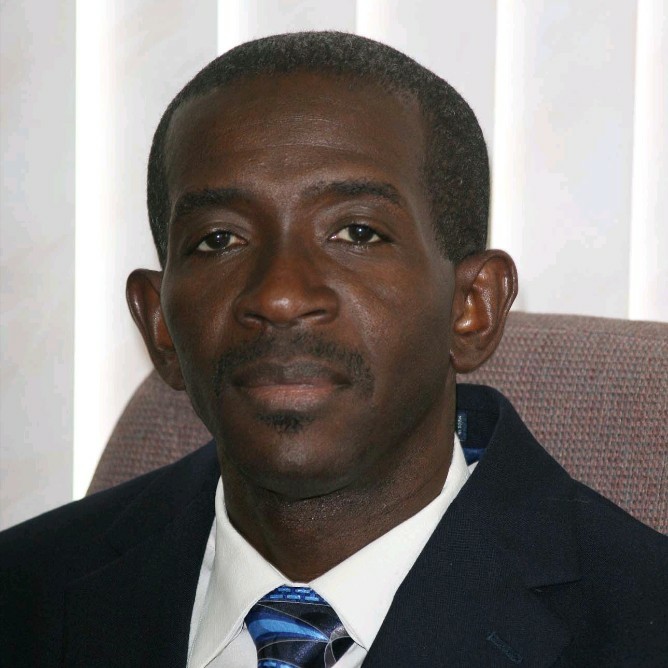
Mr. Andrew Astwood was the third President of the Association (2006 - 2012).
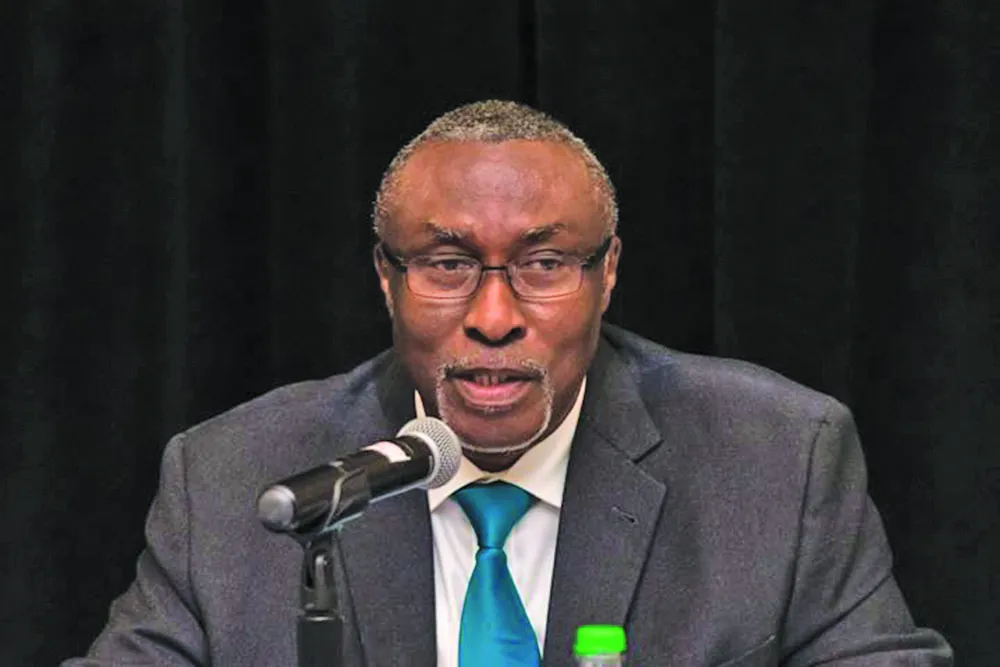
Mr. Desmond Sears was the fourth President of the Association (2012 - 2018).
“We did a pretty decent job at the time. We are proud to have been host to the only Caribbean Shipping Association meeting held in Guyana. It was a semi-annual meeting in April 2002,” Mr. Fernandes said.
Now, under the leadership of Mr. Fernandes as Chairman, the Shipping Association continues to be part of a collective voice representing the interests of the shipping industry at the local, regional and international levels. Mr. Philip Fernandes has acknowledged that the maritime landscape in Guyana is likely to change considerably in the next 10 years, given the current developments in the economic sphere.
“With the major oil finds being quite far offshore, maritime activity has already increased substantially and is likely to continue increasing as the projected additional oil wells are established. In addition to the oil and gas related traffic, the optimistic view of Guyana’s development that is largely held suggests that commercial cargo is likely to experience similar increases,” he stated. In his view, this means that the Shipping Association should then be involved in a rapidly evolving industry, which could mean a larger body of membership and greater need for regulation.
The current Chairman says that there are several pieces of legislation, both international and local, which are needed to properly regulate the maritime industry. These relate to matters such as the handling of dangerous cargo, oil pollution and ballast water management.
“The oil and gas industry adds to these challenges as increased traffic and unique operations require further attention to be paid on the oil spill possibility, fuel leaks and the storage and disposal of chemicals and radioactive waste,” he further posited.


